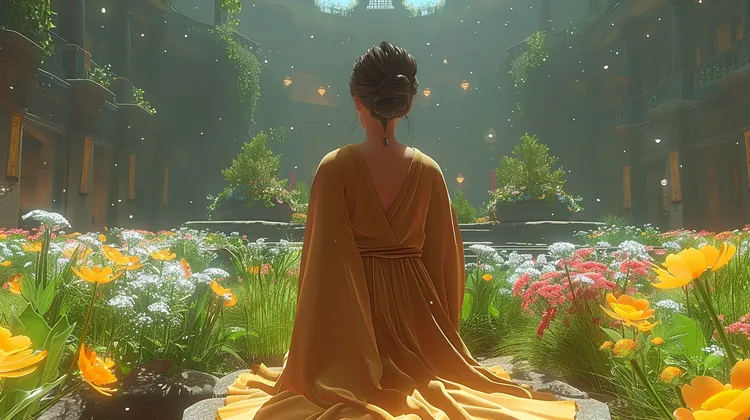In the 1990s, Neal Stephenson introduced the concept of the “metaverse” in a science fiction magazine. Today, metaverses like Decentraland and The Sandbox have bridged the gap between the real and digital worlds, leading to a projected metaverse industry value of $507.8 billion by 2023. To enter the metaverse, users create avatars that represent them, allowing them to engage in various activities. This article explores the metaverse, the role of avatars, different types of avatars, cross-platform avatars, and a step-by-step guide to creating a metaverse avatar using Decentraland.
The metaverse is a digital space that combines the internet, augmented reality, virtual worlds, and blockchains. It creates immersive experiences and interactions between avatars, which represent humans. Avatars can communicate with digital objects and other avatars, blurring the lines between the real and virtual worlds. Avatars have been popular since the 1980s, with video games like Ultima IV: Quest of the Avatar introducing them. Users access the metaverse through virtual reality (VR) headsets, PCs, laptops, or smartphones.
There are different types of metaverse avatars to choose from based on preferences. Full-body VR avatars offer a complete digital representation of a person, enhancing immersion in the metaverse. VR avatars, Allow users to experience the virtual world in a “first-person” sense without providing a visual depiction. 2D avatars are cartoon-like representations in 2D environments, while 3D avatars offer customization options for a realistic view. Humanoid avatars resemble real humans and can mimic the user’s appearance, facilitating integration between the virtual and physical worlds.
Creating a metaverse avatar involves hopping on a metaverse platform or an avatar creation application. Most metaverses allow users to create avatars within the digital realm, while external avatar creation apps offer downloadable options. The user typically selects their gender and may add an image for a more personalized avatar. Customization options include hair color, eye size, nose shape, and other attributes to reflect individual preferences.
To create a custom avatar on Decentraland, users log in to the platform and input their details. They may need to mint a name ID for their avatar and purchase Decentraland (MANA) tokens. Afterward, users can select from a variety of avatars and customize their appearance. The avatar is then ready for use in Decentraland, allowing for gameplay and other activities.
For those active on multiple metaverses, creating avatars on each platform can be cumbersome and expensive. Cross-platform avatar solutions are available that allow users to create an avatar once and use it across various platforms. These services often require users to create an account using connected services or their email address. Advanced avatar-creation solutions may even use artificial intelligence to produce realistic 3D avatars from selfie photos.
The future of avatars looks promising as the popularity of the metaverse is expected to rise in the coming years. Experts predict immersive experiences in the metaverse by 2040. As technology advances and innovations emerge, avatars will continue to play a crucial role in making the virtual world more realistic and engaging for users.




The metaverse is a whole new playground for digital creativity. Avatars are like our artistic expressions in this virtual world.
Avatars are like our digital ambassadors in the metaverse, representing us and helping us navigate this new digital frontier. Let’s embrace the possibilities!
I’m so thrilled about the immersive experiences we can expect in the metaverse by 2040. The future of avatars is going to be mind-blowing!